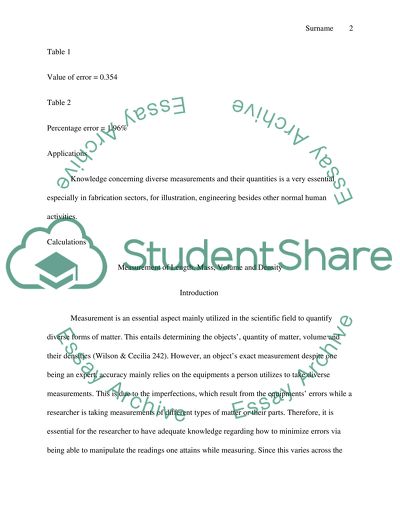Cite this document
(“Lab Report #2 Example | Topics and Well Written Essays - 1750 words”, n.d.)
Retrieved from https://studentshare.org/physics/1602884-lab-report-2
Retrieved from https://studentshare.org/physics/1602884-lab-report-2
(Lab Report #2 Example | Topics and Well Written Essays - 1750 Words)
https://studentshare.org/physics/1602884-lab-report-2.
https://studentshare.org/physics/1602884-lab-report-2.
“Lab Report #2 Example | Topics and Well Written Essays - 1750 Words”, n.d. https://studentshare.org/physics/1602884-lab-report-2.


